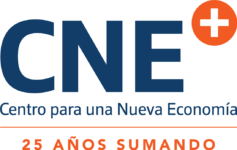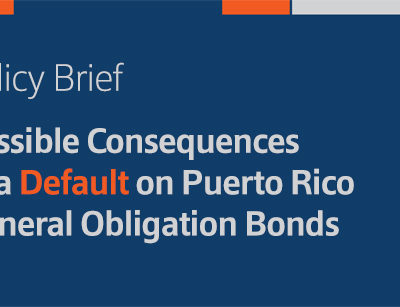Policy Brief: Possible Consequences of a Default on Puerto Rico General Obligation Bonds
Puerto Rico faces a serious fiscal and economic crisis. The island is over-indebted: with $70 billion in public debt outstanding and an additional $43 billion in unfunded pension liabilities, Puerto Rico has more debt, in absolute terms, than any U.S. state government except California and New York, while its economy is smaller than Kansas. The following chart compares Puerto Rico’s tax–supported debt (excluding debt issued by state-owned enterprises) and unfunded pension burden with three of the U.S. mainland’s lowest rated states.




